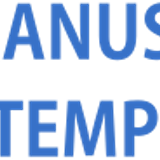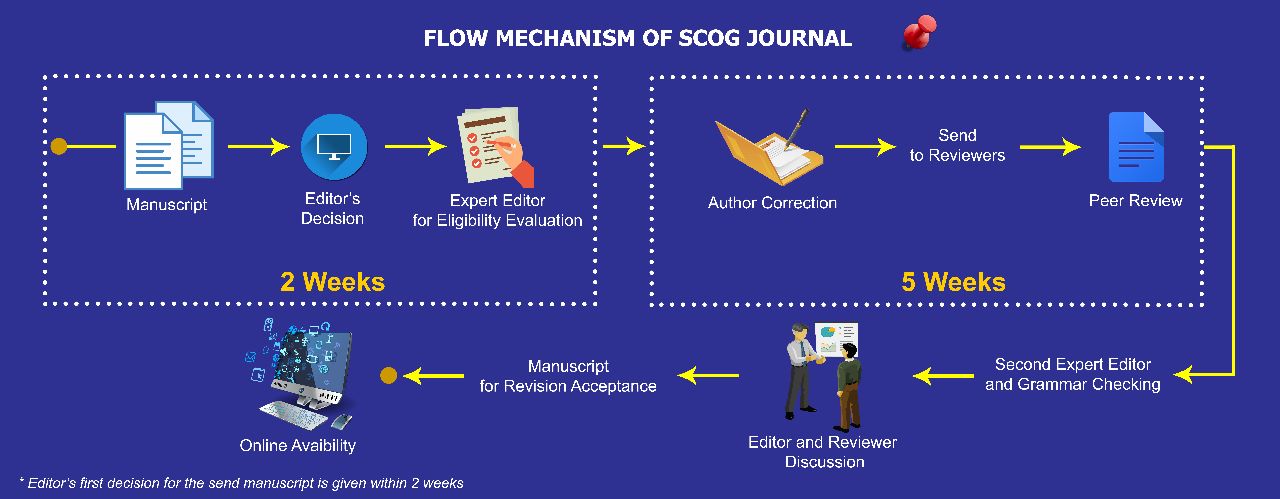The First In-Depth Assessment Of Carbon Capture Utilization And Sequestration (Ccus) For Co2 Management Of South Sumatera Sng Plant
Abstract
A commercial low-rank coal SNG (substitute natural gas) plant is being planned to build in Pendopo, South Sumatra. However, the CO2 produced is not allowed to be vented and should be managed properly. One approach to manage this anthropogenic CO2 emission is through the utilization for CO2 EOR (enhanced oil recovery) or CO2 sequestration. This workaims to investigate the possibility of application and the readiness carbon capture utilization and sequestration (CCUS) for CO2 management of South Sumatera SNG Plant. It presents technical ranking of suitable reservoirs, injection profiles determination, cluster principle of oil fields that can accommodate the amount of CO2 supplied for a number of years, and planning and realization of trunk pipelines and the possibility to reuse the major part of the present infrastructure. The results show the A1 oil field has the highest rank in the sink scoring indicating that this field has highest suitability for CO2 EOR application and CO2 sequestration. Three clusters are formed, north, southeast and west cluster as the basis to establish pipelines network development. The largest CO2 storage potential is in southeast cluster, 27 MtCO2 and the injection strategy developed is successful to manage CO2 supply from SNG Plant.
Keywords
Full Text:
PDFReferences
ADB and LEMIGAS, 2012, “Determining the Potential for Carbon Capture and Storage in Southeast Asia: Indonesia Country Report”, Final Report.
Advanced Resources International, Inc., 2011, “Global Technology Roadmap for CCS in Industry: Sectoral Assessment CO2 Enhanced Oil Recovery”, United Nations Industrial Development Organization.
Babadagli, T., 2006, ”Optimization of CO2 Injection for Sequestration / Enhanced Oil Recovery and Current Status in Canada”, Advances in the Geological Storage of Carbon Dioxide, 261–270, Springer.
CO2 CRC, 2008, “Storage Capacity Estimation, Site Selection and Characterisation for CO2 Storage Projects”, Cooperative Research Centre for Greenhouse Gas Technologies, Canberra. CO2CRC Report No. RPT08-1001.
DHV, 2009, “Potential for CO2 storage in depleted gas fields on the Netherlands Continental Shelf Phase 2: Costs of transport and storage”, Report for NOGEPA and the Ministry of Economic Affairs.
DOE, 2008, ”Carbon Sequestration Atlas II of The United States and Canada”, US Department of Energy Office of Fossil Energy and National Energy Technology Laboratory.
Don W. Green and G. Paul Willhite, 2003, “Enhanced Oil Recovery, SPE Textbook Series Vol. 6”, the Society of Petroleum Engineers Inc., USA.
Hester, R.E. and Harrison, R.M., 2010, “Carbon Capture Sequestration and Storage” Issues in Environmental Science and Technology, RSC Publishing.
IPCC, 2006, “Guidelines for National Greenhouse Gas Inventories”, http://www.ipcc-nggip.iges.or.jp/ public/2006gl/index.htm.
Jerry, S. and Stefan, B., 2002, “Screening, Evaluation, and Ranking of Oil Reservoirs Suitable for CO2–Flood EOR and Carbon Dioxide Sequestration”,Journal of Canadian Petroleum Technology, Volume 41, No. 9.
John F. and Bill G., 2010, “CO2 Stored in North American EOR Projects”, the Canadian Unconventional Resources & International Petroleum Conference held in Calgary, Alberta, Canada, CSGU/ SPE 137730-PP.
LEMIGAS, 2011, “Screening EOR Injeksi CO2 Lapangan-Lapangan di Cekungan Sumatera Selatan”, Laporan DIPA, Pusat Penelitian dan Pengembangan Teknologi Minyak dan Gas Bumi “LEMIGAS”.
Manrique, E. J., Muci, V. E., and Gurfinkel, M. E., 2007, “EOR Field Experiences in Carbonate Reservoirs in the United States”, SPE Reservoir Evaluation & Engineering (Desember 2007), pp. 667 - 686.
Massachusetts Institute of Technology, 2009, ”Carbon Management GIS: CO2 Injection Cost Modeling”, Carbon Capture and Sequestration Technologies Program for National Energy Technology Laboratory, Contract DE-FC26-02NT41622, U.S. Department of Energy.
Massachusetts Institute of Technology, 2010, “Role of Enhanced Oil Recovery in Accelerating the Development of Carbon Capture and Sequestration”, An MIT Energy Initiative and Bureau of Economic Geology, UT Austin Symposium.
Mitsubishi Heavy Industries, 2012, “Indonesia Sumatra SNG Project”, Supplementary Feasibility Study 2012.
Nisheeth, S., 2004, A Systems Perspective for Assessing Carbon Dioxide Capture and Storage Opportunities”, Thesis, Massachusetts Institute of Technology.
Peter, R. N., 2010, “Source-sink matching”, presentation at CAGS Geological Storage of CO2 Workshop, Cooperative Research Centre for Greenhouse Gas Technologies, Canberra, 19th– 21st January 2010.
Sugihardjo, Usman, and Edward, M. L .T., 2012, “Preliminary Carbon Utilization and Storage Screening of Oil Fields in South Sumatra Basin”, Scientific Contribution Oil and Gas, Volume 35 (2), pp. 57 – 65, Jakarta.
Taber, J. J., et al. 1977, “EOR Screening Criteria Revisited – Part 2: Applications and Impact of Oil Prices”, SPE Reservoir Engineering, pp. 199–205.
TNO, 2008, “Potential for CO2 storage in depleted gas fields on the Dutch Continental Shelf Phase 1: Technical assessment”, Report for NOGEPA and the Ministry of Economic Affairs.
Usman, 2011, “Potensi Pengembangan EOR untuk Peningkatan Produksi Minyak Indonesia”, Lembaran Publikasi Minyakdan Gas Bumi, Volume 45 (2), pp. 91 – 102, Jakarta.
Utomo, P. I. and Usman, 2011, “CO2 Storage Capacity Estimation of Depleted Oil and Gas Reservoirs in Indoensia”, LEMIGAS Scientific Contribution to Oil and Gas, Volume 34 (1), pp. 53 – 59, Jakarta.
DOI: https://doi.org/10.29017/SCOG.36.2.765

This work is licensed under a Creative Commons Attribution-NonCommercial-NoDerivatives 4.0 International License.






